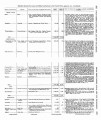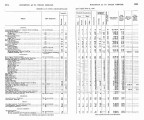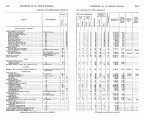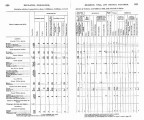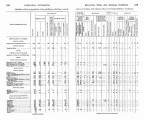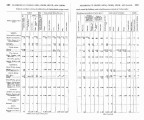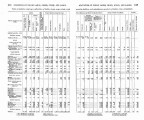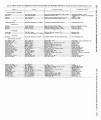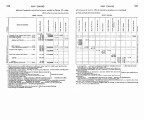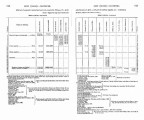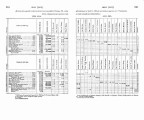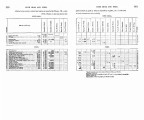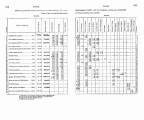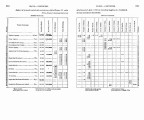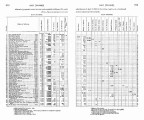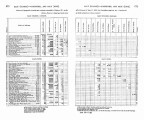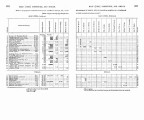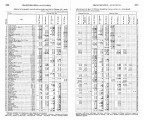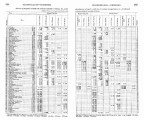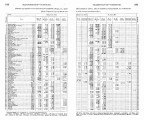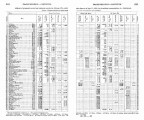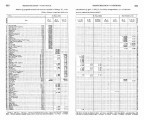| OCR Text |
Show 30 REPORT OF TEE COMMISSIONER OF INDIAN AFFAIRS. As to Big Horn ditch, he repmts. as follows: DitohNo. 7 is the largest ditch yet uudertzken, and ia intended to irrigate the lands along the east side of the Big Horn River. The head of the ca,n%l iis located at the foot of the Big Horn Canyon, and direutly sgainst ~e mountain. The ditch is to extend down the valley some 35 miles, andis expeoted to irrigate from 33,000 to 35,000 acres of land. The location, plan, wd estimate of cost of this canal, has been fully set forth in a former report. We have been at work upon it now almost eleven mouths. One section, about 29 miles in length, is almost completed, and another section of 2 miles has about 85 per cent of the work done. These sections lie 86 the head of the ditch, and constitute, with the exception of about 1 mile mme of heav work, the most difficult and expensive portion of the ditch. As soon as the work we are now engaged upon is finished the further oonstruction will be comparatively light and inexpsnsive for such s large canal. During the time that we have been st work upon it we have eroavsted234,INJJ oubio yards, of which 18,000 yards have been solid rook, which required blasting to remove, and 139,000 yards were cemented grsvel and drift, which had to be excavated by hand labor, with piok and shovel. This piece of work has been a, most artloous and difficult undertaking, considering the oharmter of the labor a.nA equipment a t O I I ~d iapoaal. Under the circumstsnwa and conditions surrounding it, aud the nature of the agreement under which it is exeouted, I am proseouting this work aa rapidly as it i s possible to do so, for I am exceedingly anxious to complete it. Fort Hall Reservation, Idaho.-The plan of constructing a system of irrigation upon the Fort Hall Reservation, under a superintendent employed by the Governmen4 as contemplated by Department decision of October 3, 1895, was .not considered feasible, because it was found impracticable to abtain a sufticient water s ~ p p l yon this reservation, owiug to prior appropriations of water. Therefore, on November 15, 1895, advertisements were authorized for proposals for furnishing a water supply. As a result of this advertisement the proposal of the.Idaho Canal Company, which was the only one conformingin all respeots to thecon-ditions specified, was accepted. A contra& was executed by the com-pany January 13,1896, and by the Secretary January 25,1896. Under this contract the company undertook to construct and complete a canal from and having its bead iu Snake Riverat some point at or near the town of Basalt, to the Blackfoot River; to construct a canal from said Blackfoot River by the highest practicable route to Ross Fork Creek, said line to be shown by a map of definite location, subject to theapproval of the Secretary of the Interior, the water to be carried across and over the Blackfoot River by a flume; and to furnish in per. petuity from said canal, at such points as might be designated by the Secretary of the Interior, 300 cubic feet of water per smond during the irrigatio~sl eason of each year. Thecompany also stipulated to extend the canal beyond Ross Fork Creek to such extent as might be necessary to supply water to the main portion of the body of lands lying between Ross Fork Creek and . Port Neuf River as soon as there might be a demand or the lands be opened for settlemcot, and to convey perpetual water rights for $6 per |









































































































































